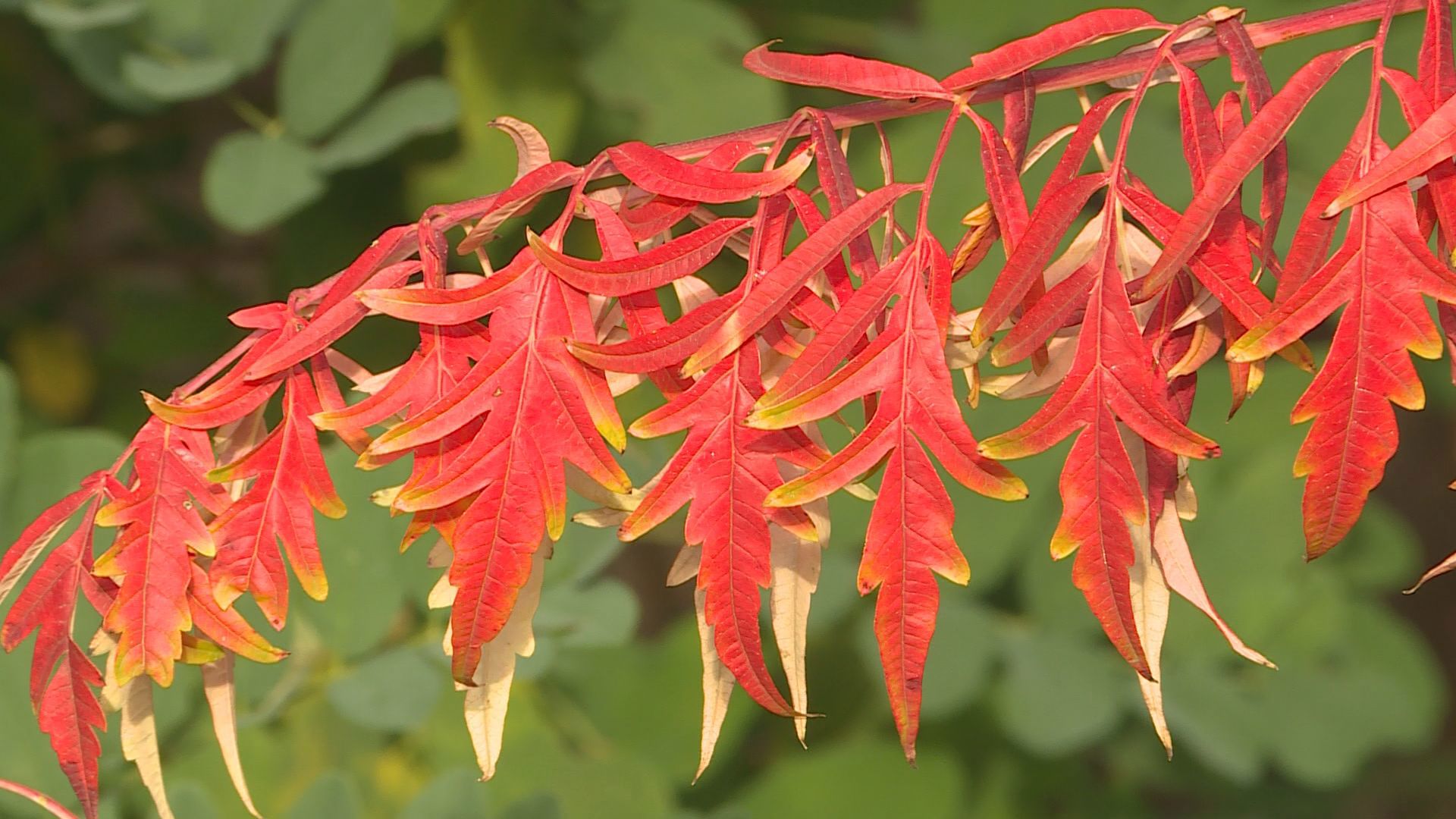KUSA - They are tiny creatures that can create havoc on your lawn and destroy your grassroots.
Voles are a rodent-like creature that look like a mouse, only shorter and stouter. So why are some Coloradans seeing a problem?
Colorado Park and Wildlife say voles love and feed on moisture.
Critter Control, a pest-control service in Westminster, says the snow covering some Coloradans' lawns this season lasted longer than previous years, so voles couldn't feed above the ground. In these cases, they create tunnels underneath lawns and eat the grassroots, killing the grass. They also feed on ornamental bushes and shrubs, killing those plants.
Critter Control says they've been seeing the problem spanning from Castle Rock to Fort Collins and everywhere in between. They've received the more calls regarding the vole problem than they've had in the past three years.
The last time they saw a vole problem this bad was four years ago.
But, Critter Control says the problem is treatable. It depends on the situation, but they usually use a poison oat to get rid of the voles. The oat is put directly into the tunnel that the voles have created on the lawn. They say the poison oat is a moisture-sensitive product that loses its potency after a few days.
This company charges $129 to come out, then $69 per system of tunnels. Systems are usually 6- to 10-feet long. After their work is done, the lawn will still need to be fixed.
Critter Control says the biggest problem is that homeowners think the problem is moles, not voles, so they treat for moles and the problem doesn't go away.
Another pest company dealing with a high volume of vole calls is High Plains Pest Management in Arvada. The owner has been getting five to seven calls a week from people in Arvada that live near open areas. High Plains says sometimes this problem goes away on its own, but sometimes it doesn't.
If poison sounds scary, homeowners can also use snap traps inside the tunnels or a baiting application to get rid of them. But people should be careful with the baiting application. Sometimes, a pet or animal that eats the vole may get poisoned from the baiting application the vole has eaten.
High Plains Pest Management recommends trying to fix the problem before it begins. If a homeowner has shaded areas where snowpack stays longer on the grass, they say shoveling the snow off your lawn can prevent the voles from going underground.
Exterminators have seen some bad situations where homeowners needs to get their entire lawn replaced because of the dead grassroots. The City of Arvada golf manager has seen voles do some damage outside the golf greens, too. The voles stay off the green because of a fungicide used out there, but neighbors around some Arvada golf courses are seeing the problem.
There are repellents sold at hardware stores to get rid of voles, but another option is castor oil and water. Homeowners should spray the tunnel areas directly with the mixture, but are encouraged to not spray the entire lawn since it may turn grass brown. The golf managers says the voles will get an upset stomach from the castor oil and won't come back to your yard.
Then, he says, get rid of the area grass with the tunnel, replace that part with topsoil and grass seed mixed in, and in a month, the lawn should be better.
Even though they aren't seeing more than usual voles for this time of year, they say homeowners could be recognizing the problem now that all the snow has melted.
They leave the option up to the homeowner of how to deal with the problem.
(KUSA-TV © 2015 Multimedia Holdings Corporation)


